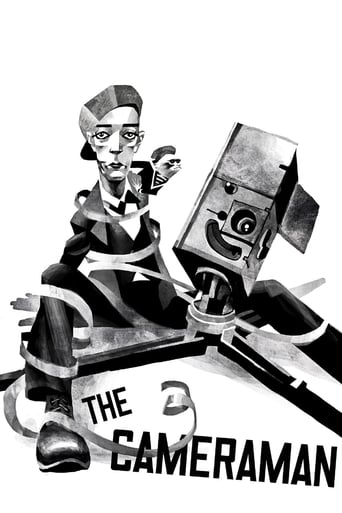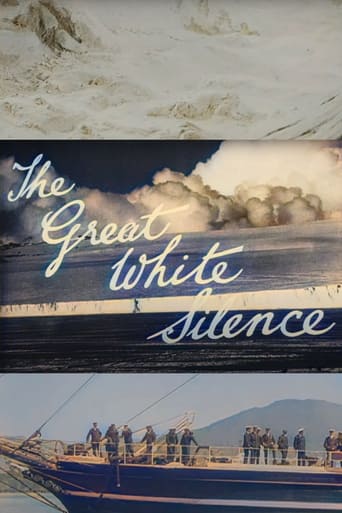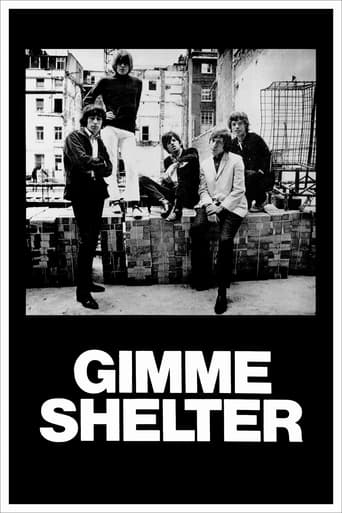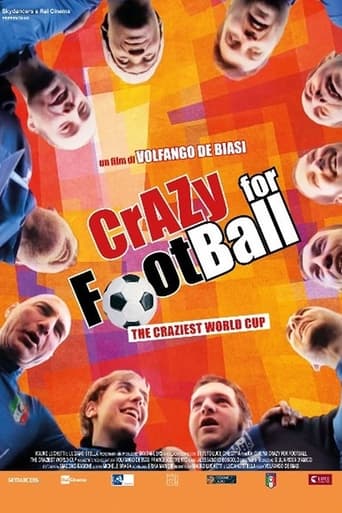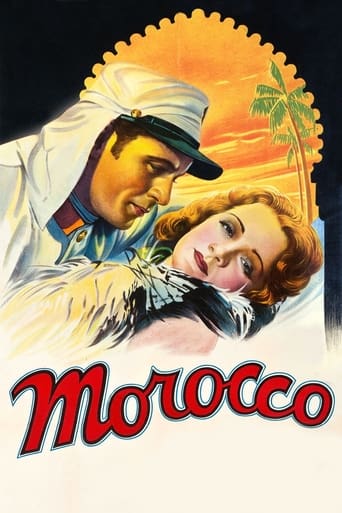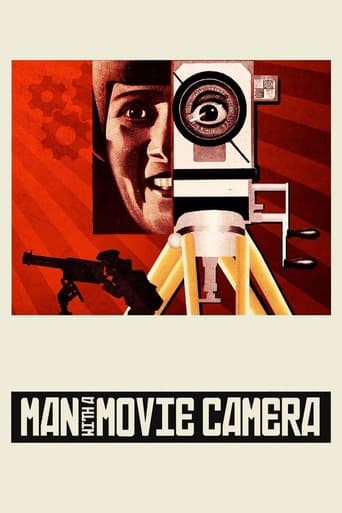


Man with a Movie Camera
A cameraman wanders around with a camera slung over his shoulder, documenting urban life with dazzling inventiveness.
-
- Cast:
- Mikhail Kaufman , Elizaveta Svilova


Similar titles
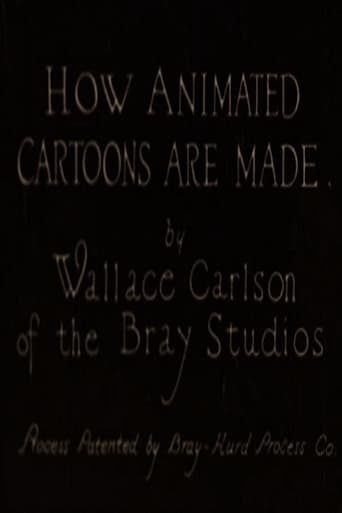
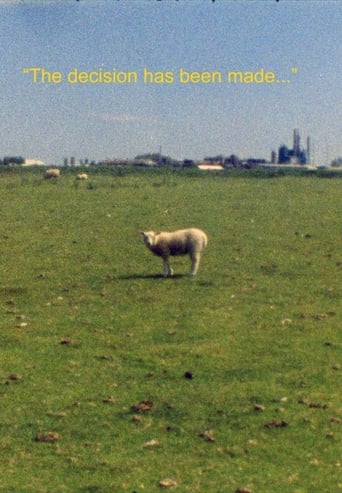
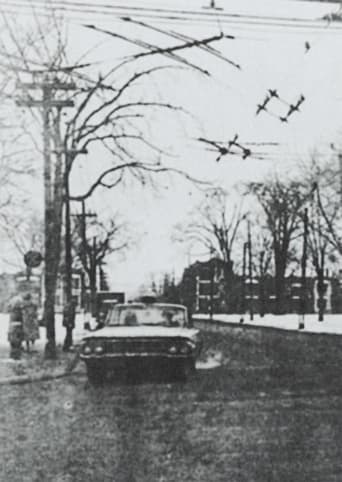
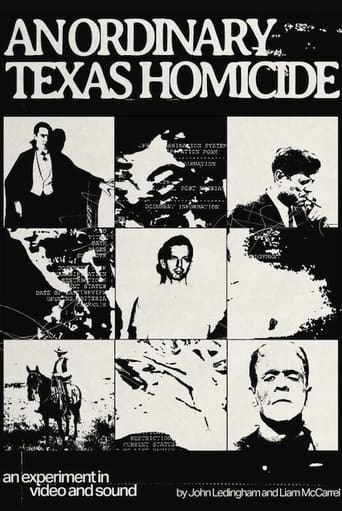
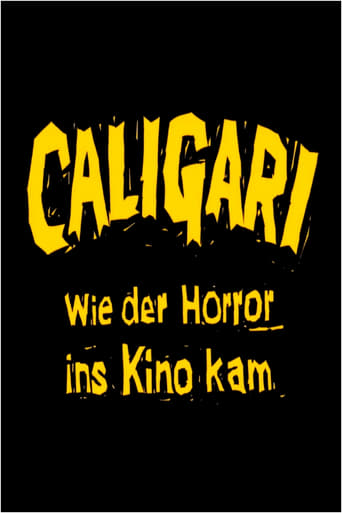


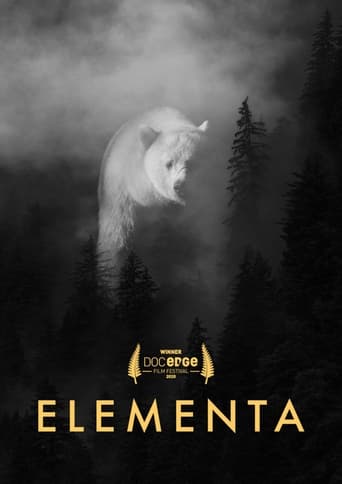
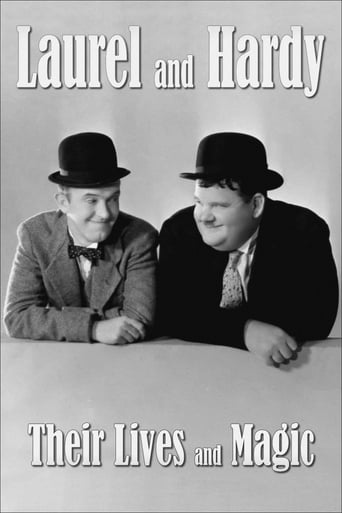
Reviews
terrible... so disappointed.
Awesome Movie
Clever and entertaining enough to recommend even to members of the 1%
I enjoyed watching this film and would recommend other to give it a try , (as I am) but this movie, although enjoyable to watch due to the better than average acting fails to add anything new to its storyline that is all too familiar to these types of movies.
The film takes a unique approach for its time in terms of photography. Vertov clearly relied heavily on visuals paired with music to convey specific feelings. As an experimental film, the audience had never seen anything like this before.The film itself is a paradox. We are watching a film of an audience watching a film about the making of a documentary, which in itself is a documentary. This allowed for creative sequences in terms of angles and the use of the frame, where one moment we are focused on the actions of the film maker, but are redirected to seeing through his lens. This gives a unique perspective of being on both the outside and the inside of the film. In one respect there is omniscient perspective, but also a first person element. Both of these points-of-view evoke different emotions from the audience.The editing also contributed largely to the emotions being projected on the audience. At times the film was fast paced, with various frames following quickly one after the other, showing the busy routines of the citizens of Moscow at the time. However, there were calming interludes to convey a sigh of relief. Fundamentally, this is a perfect example of the balance shown within the film, namely the concept of "work vs. play." An aspect to the film I especially appreciated was the balance that was displayed. Calm was counteracted with frenzy, death was followed by new life, and the rich were focused on just as much as the poor. Nothing was sugar coated, we were simply shown twenty-four hours as it was lived by of all walks of life in Moscow in 1929.Some "special effects" were used in the editing, such as screen mirroring, which for the time would have been extremely advanced and creative. While the 1929 audience was amazed with the effects, today's audiences do not express that same amazement. We expect much more from films released today. However, the feeling behind it that audiences are meant to pick up on as long as this film is shown seems to be the hustle and bustle of everyday life. It is something that is relatable to everyone, displayed in a unique, entertaining way. Another effect used in the film was superimposing the man with the movie camera as towering over the city, looking down on everything it has to offer. This is to display his knowledge and depiction of the happenings throughout the entire city, showing that he sees everything and includes all aspects of life in his film. Vertov also utilized showing the editing of film from his documentary within a documentary, almost to serve as a reminder that we were watching the day come together from the perspective of one man. This was also a great way to reflect back on what had previously been shown in the process of filming in what seemed like an attempt to bring back those emotions yet again.Different camera angles were used constantly throughout the film. By using low angles for aspects such as main structures in the city, their centrality to daily life there is conveyed. Aerial shots, otherwise known as "Bird's Eye" views, are shown as well, particularly when showing aspects of the day such as groups of people being hard at work, transportation from one place to another, relaxing on the beach, etc. By using these angles, Vertov is able to give us a sense of being all-knowing and viewing each individual component as part of a greater picture.To conclude, Man with a Movie Camera is a powerful film that provides extraordinary insight into daily life in exciting ways through the use of different aspects of photography. To this day it holds relevance, even though details are out of date. The sequences shown are relatable on all levels to all different kinds of people from almost anywhere in the world.
Man with a Movie Camera, directed by Dziga Vertov, is a unique film. It has no actors nor story, it is a film within a film. It takes place in an urban setting, a montage of the urban life in and around a Russian city. The film anticipates many of the techniques that is celebrated even up to this day, it is timeless in its unique ways. The title describes what is happening: we see the cameraman recording the images we are seeing. An important aspect of this film is in the way scenes progress and the types of montage established, the film's main subject is basically the man and cinema. A revelation of the film is acknowledged for introducing many camera techniques like double exposure, fast motion, slow motion, freeze frames, jump cuts, split screens, extreme close-ups, tracking shots, backwards footage and stop motion animation. Today, it is widely used and developed.Other than Vertov's revelation of camera techniques, Man with the Movie Camera opened different point of views on how the film is being perceived. Many parts of the film showed machinery and factories - the mass production and consumption of image. Even at the beginning of the film, how the theater depicted the daily life of different classes of people. The difference between the working class and the upper class is shown in several scenes. As seen in the film, there are scenes wherein the busy lives of laborers working in factories contrast to those people enjoying the beach and watching sports. In Marxist ideology, Vertov's portrayal of industrialization, is one of Marx's arguments was that the bourgeoisie abused the proletariat. How the bourgeois industriousness ignored the origins of their wealth – the exploitation of the proletariat, the urban workers, which on my opinion is quite evident in the film. It's amazing how simple activities captured on camera create an impact on how the world is then dictated by social status.Additional points to support my observation, there is another scene in the film when a woman waking up started to wash her face then cut to high pressure water cleaning off a pole. Next cut is the scene where the woman begins to wipe herself with a cloth and then the film cuts to another woman wiping off a window with a similar cloth. Then the same woman starts blinking her eyes the blinds on the windows start opening, just like the eyes of the woman. It also may imply the idea of the growing importance of machinery and highlighting the fact that machinery is an important component in film and that the only way a film can be a combination of hardworking human laborers are like machines. Issues raised throughout the film is not just timely during Vertov's time of recovery from war, it is timeless in a way that even with the absence of war today, capitalism and social status barrier is still being experienced by many.Vertov carefully crafted an art to be appreciated and effectively raise awareness in their time and for the next years to come. Man with the Movie Camera is a visual masterpiece, which showcased a universal work of art that continuously display infinite possibilities of how cinema was and what cinema can be.
No "greatest movies ever made" list would be complete without this masterpiece which revolutionized and pioneered many cinematography and editing techniques. This is a great example of a perfect movie.This experimental documentary does not follow the typical plot structure and it is even different than most other documentaries as well. It contains no plot, no named characters, and no resolution. Its purpose is to show us what an ordinary day in a Soviet Town would feel like. It was filmed in the cities of Kiev, Kharkov, Moscow, and Odessa.What this film is most famous for is its cinematic techniques director Dziga Vertov invented which helped to pioneer different film techniques. It uses techniques such as double exposure, fast motion, slow motion, freeze frames, jump cuts, split screens, Dutch angles, extreme close ups, tracking shots, footage played backwards, a sequence of stop motion, and self-reflexive visuals. These techniques were popularized and they have been used in many movies ever since it was released. All of these dazzling techniques can be traced back to this film.Also, these different film techniques made many of the scenes feel very interesting. I can understand why someone might get bored during the film but I definitely do not have that problem. The techniques which I mentioned above kept me from getting bored and they made me love this film as much as I do. Because of the fabulous cinematography, this film's ending is one of my favorite endings of all time. It basically gave us a recap of all the techniques this film offered and it showed them to us very expeditiously. Also, this was the point in the film when it was playing its most upbeat and jazzy soundtrack. Considering that the film had an overall slow pacing throughout it, this sudden change in tone made me snap my attention back immediately almost as if somebody had just shot me and in turn, I couldn't look away from the screen. That feeling I felt is kind of like how you react to a jumpscare in a horror movie. Because of this, I finished the movie in a very positive way and it left me in awe.If you look at this film's Wikipedia page, you will see that a ton of soundtracks have been written for this film. Currently, there are 19 soundtracks written for it (or 20 if you count the original one written for it in 1929). This is actually pretty impressive because most movies I've seen only contain 1 soundtrack. I'm sure that some are more popular than others but I know that I'll never be able to find and listen to all of them. I don't know what the one I listened to is called, but I sure loved it. It contained many slow and relaxing songs to it and it also contained many upbeat and jazzy moments in certain sequences. I loved the classical music used in it and I think that it perfectly fit the movie's scenes of normal city life. It was neither too quiet and unnoticeable nor too loud and distracting.Another big reason I loved this film so much is that it simply provided me with a feeling of relaxation. Relaxation is a trait that many movies don't have nowadays. It is not a bad thing for a movie to have action sequences or fast-paced moments as they are often necessary depending on what a film is about, but it is always refreshing to watch a tame and entertaining movie. This is a film which you can watch if you're feeling stressed out and want to be calmed down. I don't recall many other movies which contain this. The only other ones I've seen which feel relaxing are "Russian Ark" and "Samsara" (both of these are some of my favorites ever made).I have seen many people ask the question "If you could go back in time to see one movie, which one would you see?" I could always pick one of my favorite films ever made such as "2001: A Space Odyssey", "Saving Private Ryan", and "12 Angry Men". Also, I could definitely say "Citizen Kane", "The Godfather", or many other famous movies considered to be some of the best films ever made, but I'm going to have to say this one by far. Most if not all of the film techniques in this film weren't found in earlier movies (even when they were, they weren't used too much in them) and I can only imagine how impressed movie goers were when they watched this film for the first time. I would probably be very impressed with this one as well and it would've probably given me one of the best movie experiences I would ever see in my life. That is why I'm going to have to pick this one.In conclusion, this movie is definitely a masterpiece. It has definitely received a ton of praise over the years and it is showing no sign of slowing down. In 2012, the "Sight and Sound" poll recognized it as the 8th best movie ever made. Also, in 2014, it was ranked as the best documentary ever made. All of the praise that this movie received is justified. It pioneered different film techniques, it has beautiful and fitting music in the background, and it provides a feeling of relaxation not found in many movies. I can understand why someone might get bored while watching this film but I don't have that problem. Even if I did, I can understand why it's a masterpiece. Now that I've watched this movie, I'm interested in checking out some other silent films and I will be probably watching them sometime in the future. For all I know, they might impress me a lot too.
I had picked this up due to academic interest and expected that this would be a bit boring and that I need to explicitly consider the fact that this movie was made way back in 1929.Well, the movie was very engaging. Far from boring, it challenged me to keep up with the multitude of content that the movie presents. It is excellent in everyday-life content , presenting so much of real life. True real content.The extent of passion and effort that has gone into the making of the movie is also striking.Amazing number of techniques used making the movie engaging even today.


